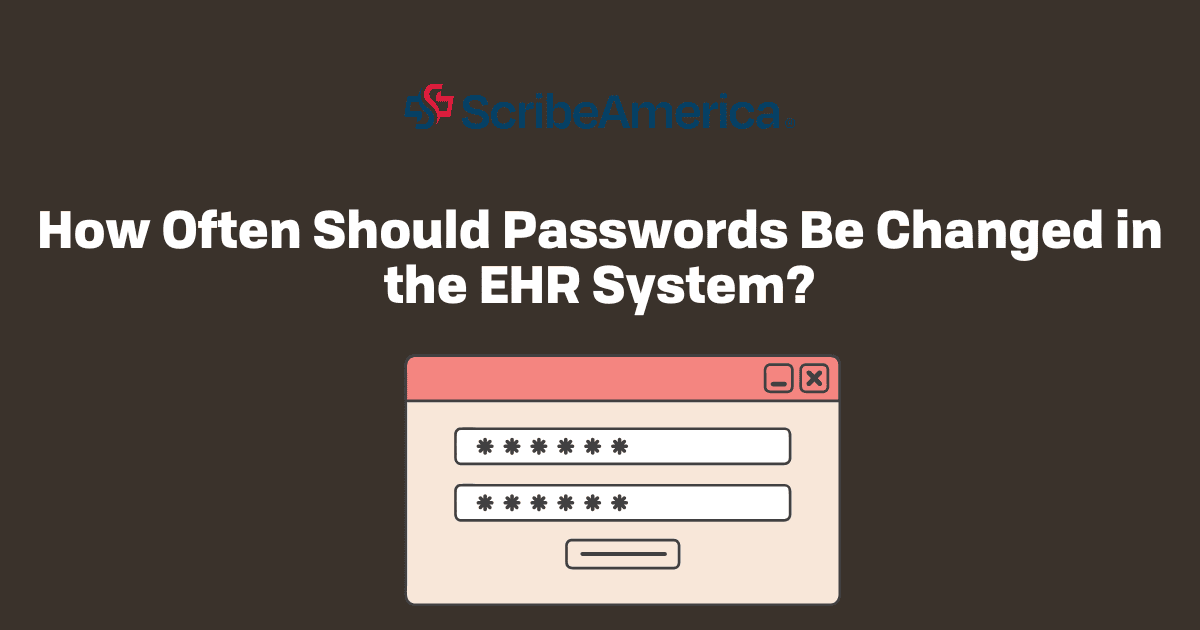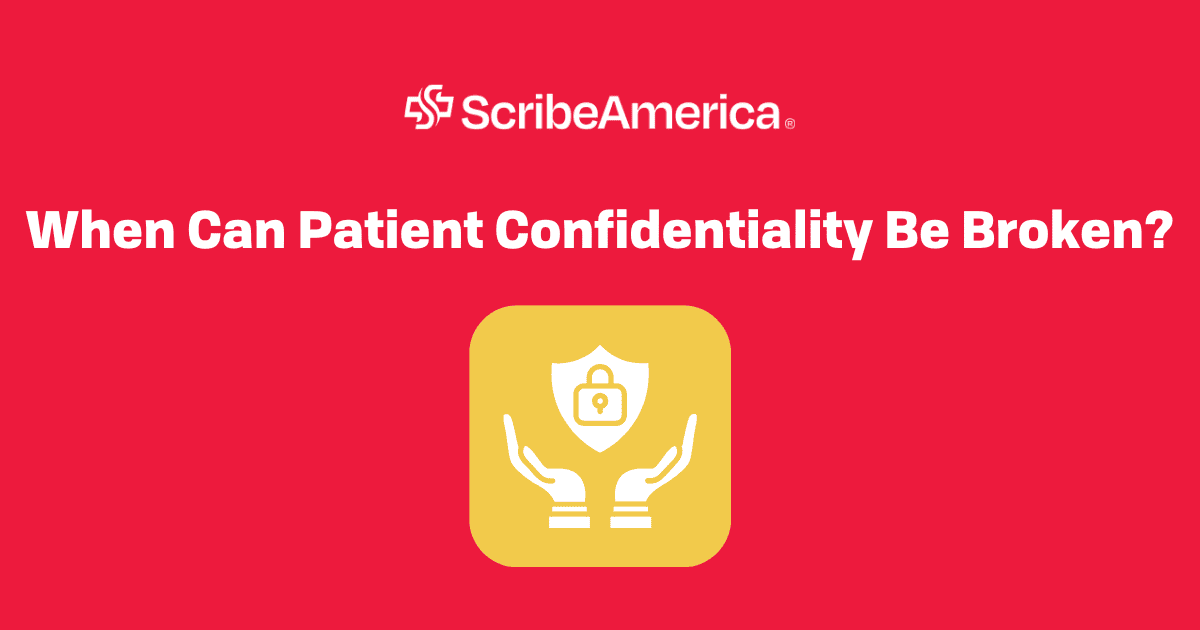A physician burnout is a… burning issue. According to the New York Times, over 60% of physicians have suffered from at least one burnout syndrome, between 2021 and 2022. It’s a major growth – a few years before the numbers were only around 40%.
And while the healthcare industry races to keep up with growing demands, the people at its core are burning out faster than ever.
So what is physician burnout, really? And more importantly, how to deal with physician burnout before it leads to irreversible damage? Can we learn how to prevent physician burnout, or are we just patching a sinking ship?
In this article, we’ll break it down: what causes burnout, how to help physicians recover, and what we can do — right now — to combat physician burnout and create a healthier future for those who care for us all.
What is a physician burnout?
Physician burnout is a condition where medical professionals experience emotional exhaustion, depersonalization, and a reduced sense of personal accomplishment due to chronic workplace stress. It goes beyond just being tired.It is quite dangerous since it can lead to depression and even suicide attempts. A physical burnout will also have consequences for the patients and for the doctor’s family, thus it should be avoided at all costs. The negative impact of this condition includes:
- Decreased patient care quality,
- Increased malpractice and medical error risks,
- Susceptibility to alcohol or drug addictions,
- Suicide,
- Tendency to quit/change jobs.
What are the causes of physician burnout?
We have explained what a physician burnout is, so now it’s time to look at the reasons why it occurs. This condition is not caused by one or two factors – it’s the result of several characteristics of the whole profession. Common physician burnout causes include:
- Chaotic workplace,
- Large amount of paperwork,
- Time pressure,
- Responsibilities outside of work,
- High pace and low control over it.
Even seemingly small inefficiencies – like constant interruptions or poorly structured workflows – can accumulate and create overwhelming stress.

How to prevent and avoid physician burnout?
There is a panacea to this issue, but as the name suggests, it’s more of a myth. The best answer to how to prevent physician burnout would be to avoid its causes. Yet, this is often impossible. The nature of the work in hospitals is such that you cannot simply eliminate all the detrimental elements. So, does it mean that physician burnout is the future of healthcare?
Thankfully, no. We cannot get rid of all the causes of physician burnout, but we can address them and reduce their impact. Are there ways to cut down on paperwork? Yes. Is it possible to make the workplace less chaotic? Yes. Let’s see how exactly we can help physicians with their burnout:
- Organize the workflow better to avoid chaos.
- Hire medical scribes and transcriptionists to complete paperwork.
- Give physicians more time to rest.
- Hire more physicians to decrease over time and slow down the pace.
How to deal with physician burnout?
It’s good to know how to prevent and avoid physician burnout, but what if someone is already struggling with it?
The best idea is to offer time off. A burnout is caused by using more energy than you gather through resting. A proper vacation could prove extremely useful. However, it is also crucial to combine it with preventive strategies – getting rid of a burnout just for it to return in a month or two would be just a waste of time.
The takeaway: How to combat physician burnout?
Physician burnout is real — and rising fast. But it’s not inevitable. We can learn how to avoid physician burnout through better work-life balance, task delegation, and improved healthcare management. We can understand how to help physician burnout recovery by offering mental health support and real-time off. And most importantly, we can make a long-term impact by educating leaders on how to combat physician burnout across the system. Change starts with awareness — and this is the first step.
Did you find this article useful? Then you might want to read: Is It Possible to Fit a Medical Career in Healthcare into a 9 to 5 Job?




